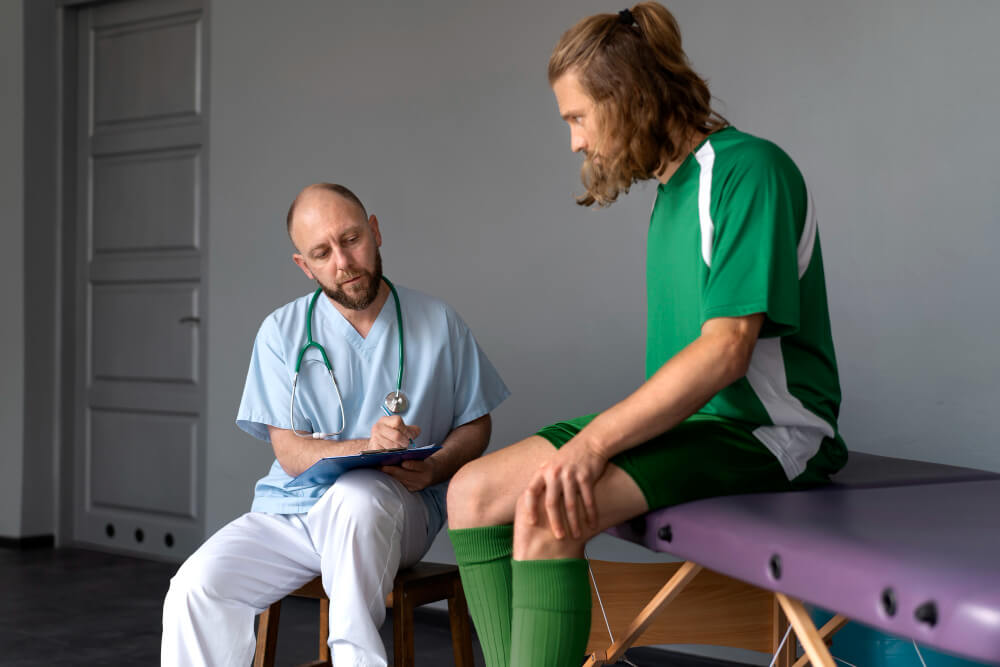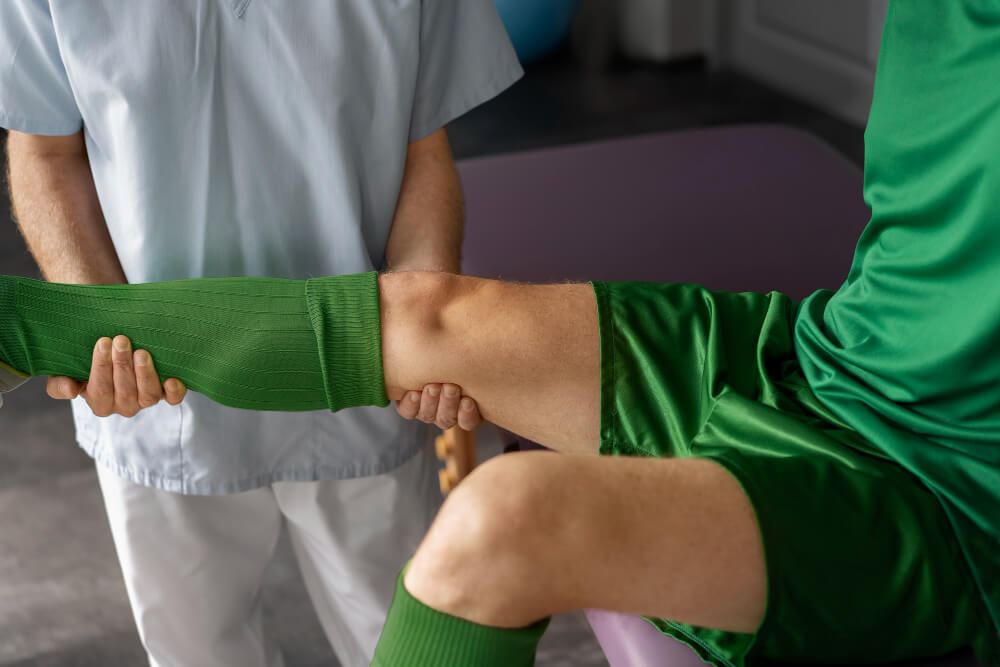Sports Medicine Doctor For Knee Injury Recovery
Knee injuries are a common occurrence among athletes and active individuals. These injuries can range from minor sprains and strains to more serious conditions, such as ligament tears or fractures. Sports medicine doctors are medical professionals who specialize in the diagnosis and treatment of injuries related to sports and physical activity.

Common Knee Injuries
There are many types of knee injuries that can occur. Some of the most common include:
- Sprains and Strains Injuries to ligaments and muscles around the knee joint.
- Meniscus Tears Tears in the cartilage that cushions the knee joint.
- Anterior Cruciate Ligament (ACL) Tears Tears in the ACL, a major ligament in the knee.
- Posterior Cruciate Ligament (PCL) Tears Tears in the PCL, another important ligament in the knee.
- Medial Collateral Ligament (MCL) Tears Tears in the MCL, a ligament on the inside of the knee.
- Lateral Collateral Ligament (LCL) Tears Tears in the LCL, a ligament on the outside of the knee.
- Fractures Broken bones in the knee area.
The Role of Sports Medicine Doctors
Sports Medicine doctors play a crucial role in the diagnosis and treatment of knee injuries. They can:
- Diagnose Injuries Use imaging studies, such as X-rays, MRI, or CT scans, to diagnose knee injuries.
- Develop Treatment Plans Create personalized treatment plans based on the severity of the injury and the patient’s individual needs.
- Perform Surgical Procedures In some cases, surgical intervention may be necessary to repair a knee injury.
- Arthroscopic Surgery A minimally invasive surgical procedure that uses a small camera and surgical instruments to repair knee injuries.
- Open Surgery A more invasive surgical procedure that may be required for complex injuries.
Non-Surgical Treatment Options for Knee Injuries

In many cases, non-surgical treatments can be effective for managing knee injuries. These may include:
- Rest, Ice, Compression, and Elevation (RICE) Resting the injured knee, applying ice to reduce swelling, compressing the area with a bandage, and elevating the leg.
- Physical Therapy Rehabilitation exercises to strengthen the muscles surrounding the knee and improve range of motion.
- Medications Pain medications and anti-inflammatory drugs to manage pain and inflammation.
- Braces or Supports Wearing braces or supports to provide stability and support to the knee joint.
When to See a Sports Medicine Doctor
If you have sustained a knee injury, it is important to seek medical attention promptly. A sports medicine doctor can assess the severity of the injury and recommend appropriate treatment.
Signs of a Serious Knee Injury
- Severe pain
- Swelling
- Bruising
- Instability
- Inability to bear weight on the knee
Recovery from Knee Injuries
Recovery from a knee injury can take time and patience. The healing process may involve a combination of rest, physical therapy, and medications.
- Rehabilitation A physical therapist can develop a personalized rehabilitation program to help you regain strength, flexibility, and range of motion.
- Return to Activity Gradually returning to physical activity is important for a successful recovery. Your sports medicine doctor can provide guidance on when it is safe to resume your activities.
Knee injuries can be debilitating, but with proper care and treatment, many people can make a full recovery. Sports Medicine doctors play a crucial role in diagnosing and treating knee injuries, offering a range of treatment options to help you get back on your feet and return to your favorite activities.
